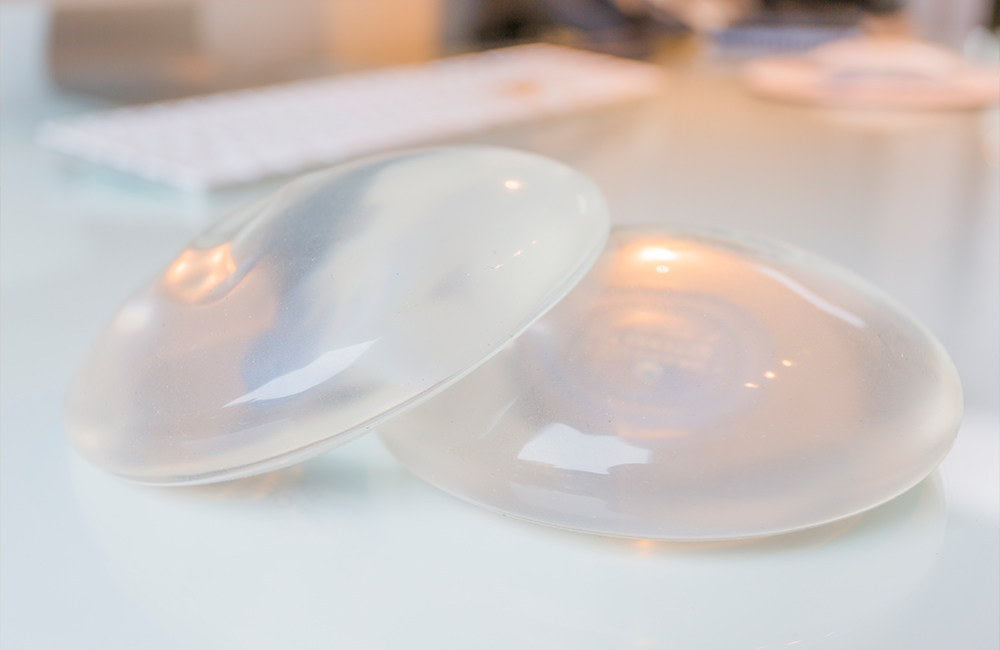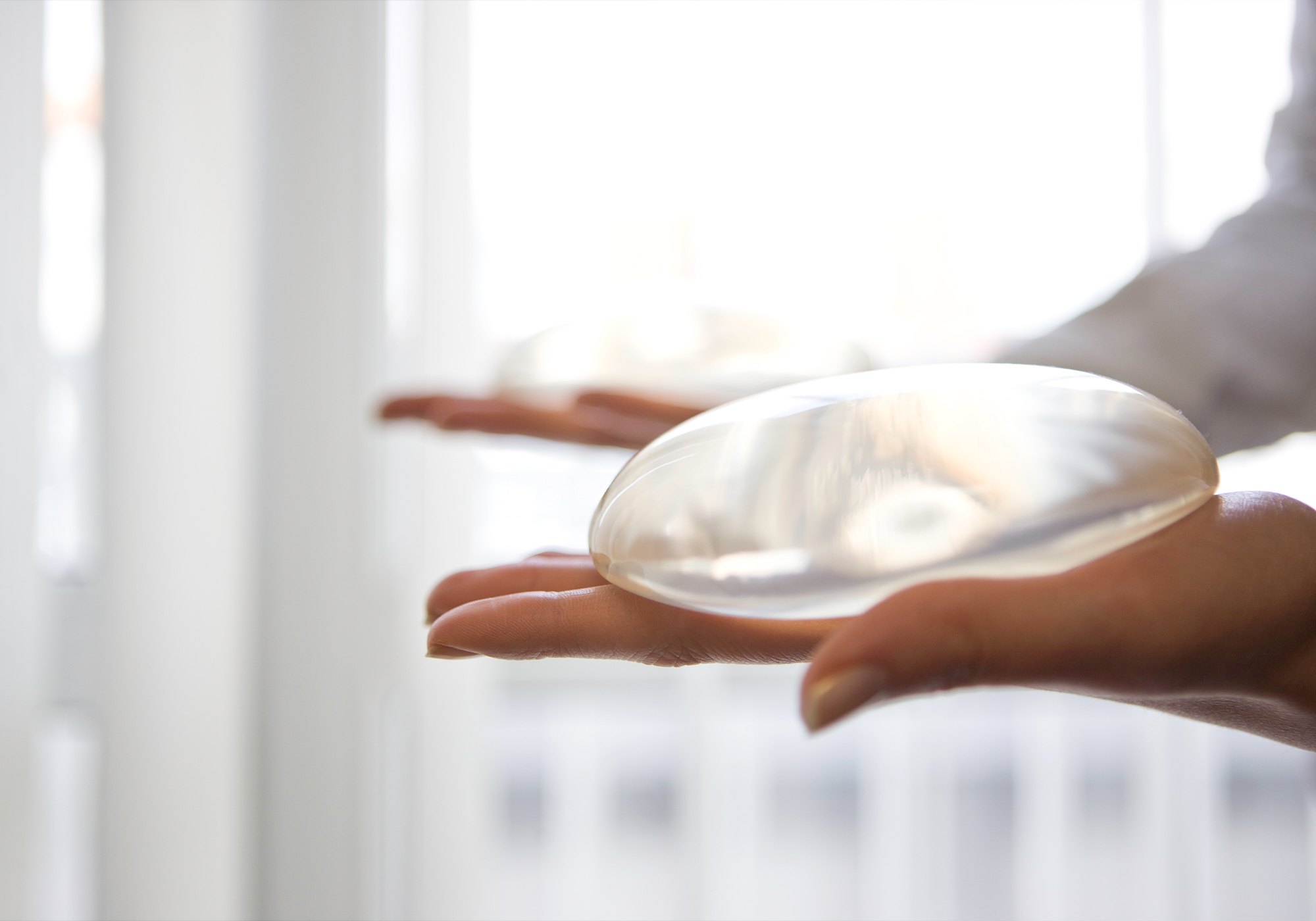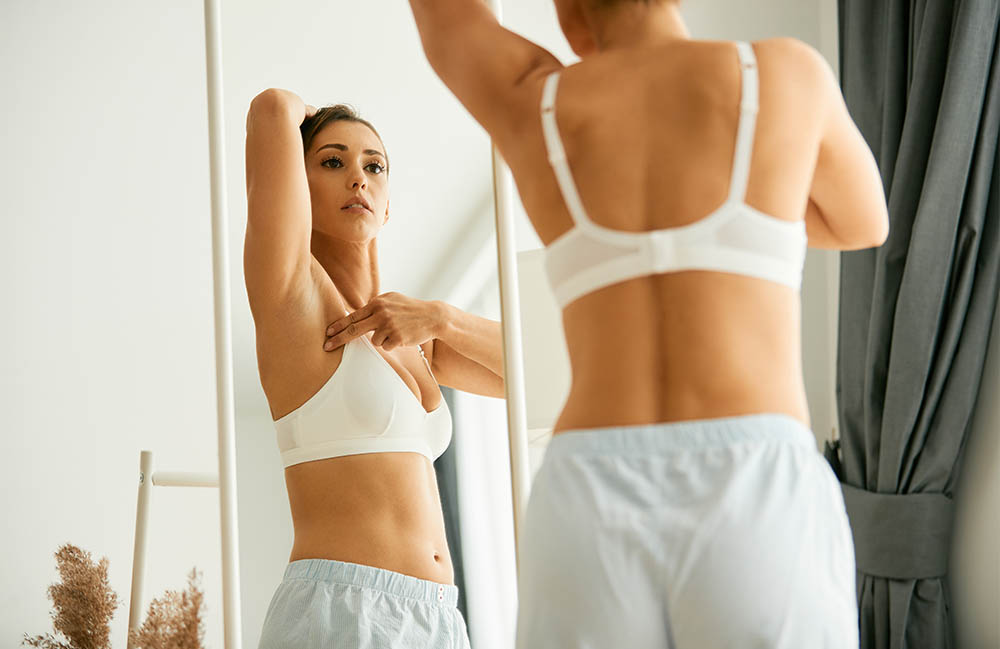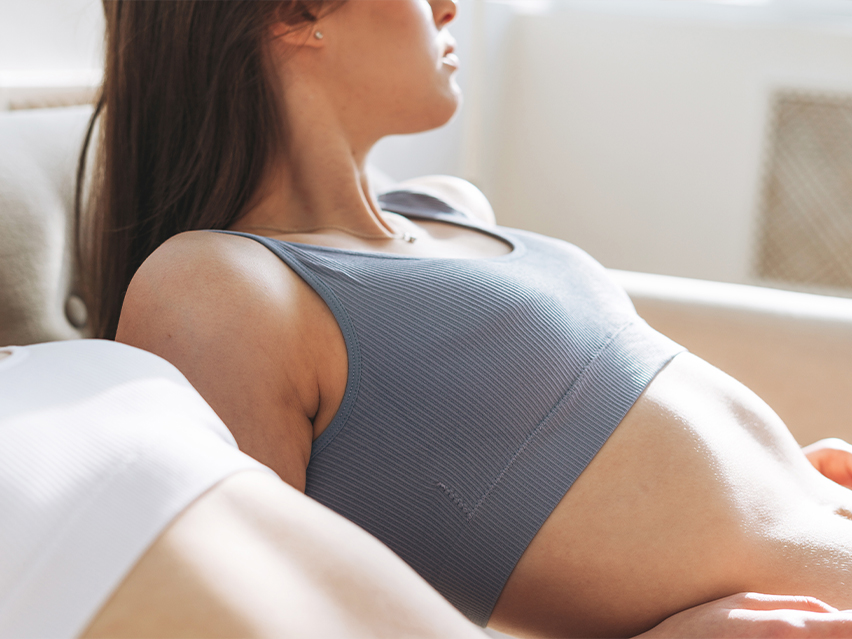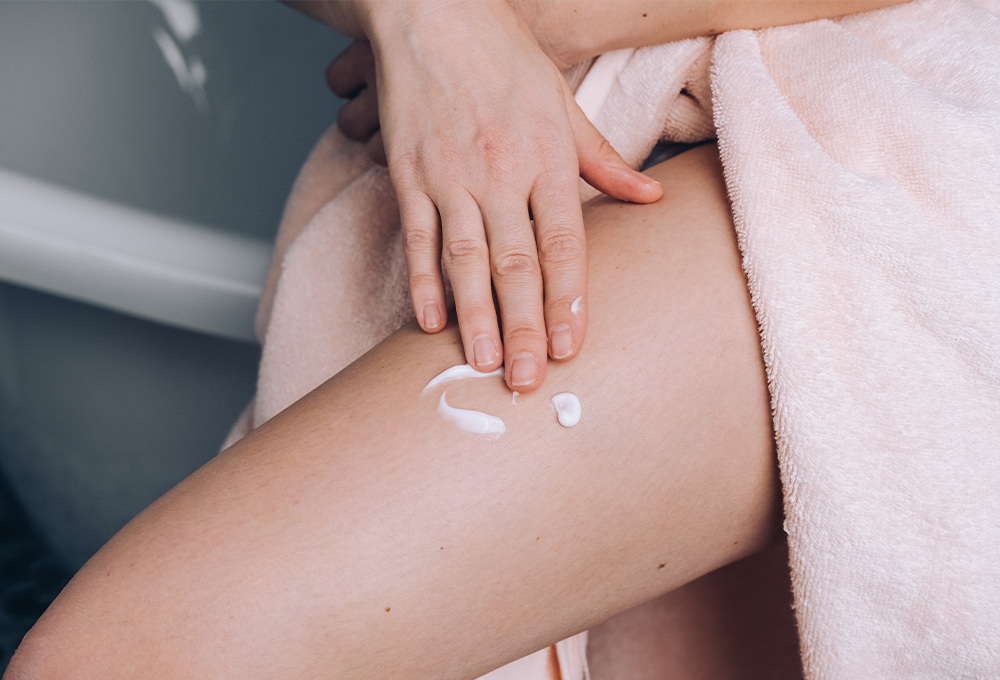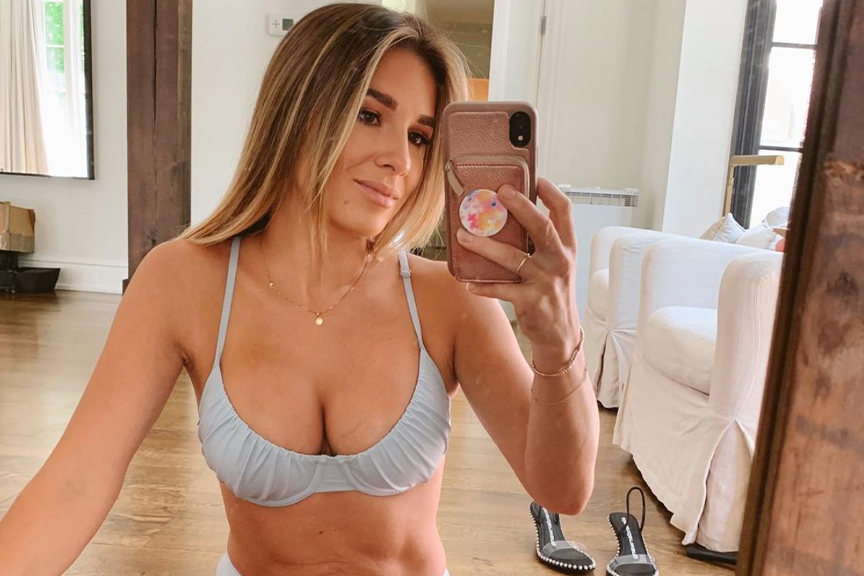When it comes to complex breast reconstruction surgeries, recreating the breasts after a mastectomy can be a challenge for some. Options include restoring and reshaping the chest with a silicone or saline implant or using natural tissue flaps to mimic the look and feel of natural breasts. Another option that is not too far away is the use of three-dimensional (3D) bio-printing technology to create personalized implants. According to the scientists working on this pioneering solution, these bio-prosthetics are adaptable to a patient’s anatomy and are able to regenerate tissue using their own natural cells.
Leading the way is a French regenerative medicine startup Healshape, who is working with a team of researchers at the University of Lyon’s Institute for Molecular and Supramolecular Chemistry and Biochemistry who’ve done extensive studies on bioprinting, as well as LabSkin Creations, a tissue engineering company.
An Implant That Helps Stimulate Tissue Growth
The bio-prosthesis is made of natural, reabsorbable hydrogel, which is made into a 3D printed mold based on the patient’s anatomy. Once the bio-printed implant is in place, a fat transfer can be performed to help patients own cells to enable more natural growth of to assist in the absorption of the bio-prosthesis. “This is certainly an exciting future concept that has the real potential to replace silicone in the not-so-distant future,” says Tucson, AZ plastic surgeon Raman Mahabir, MD. “A bio-engineered absorbable scaffold that is enhanced with the patient’s own tissue. The concept is that after a mastectomy, the absorbable implant is placed in as a form of reconstruction, and then the patient’s body replaces the scaffold with their own tissue.”
More to Learn
Louisville, KY plastic surgeon M. Bradley Calobrace, MD says creating 3D breast scaffolds with hydrogels and semi-synthetic meshes is a new and exciting area for further exploration but adds there’s still a lot to understand. “There have been numerous studies demonstrating the safety of fat grafting in the breasts, but in what ways are these 3D systems similar, or are there unique concerns that should be evaluated?” he poses. “It is a very exciting development which, if found to be highly effective and safe, could be a real game-changer in breast reconstruction.”
Dr. Mahabir notes that this innovative option will most likely enter the market in the breast reconstruction space before becoming available further down the line for cosmetic augmentations. New York plastic surgeon B. Aviva Preminger, MD adds that the introduction of new technology and the ability to offer patients a more tailored result is appealing, but more research is needed. “I think that this is theoretically fantastic, but we need real scientific data about the technology and its safety and effectiveness.”
